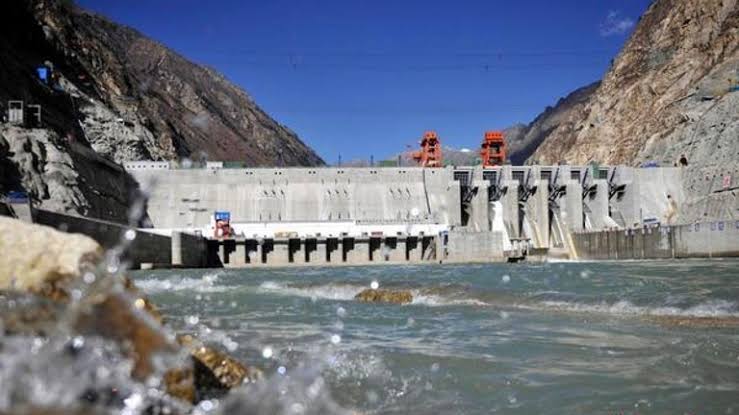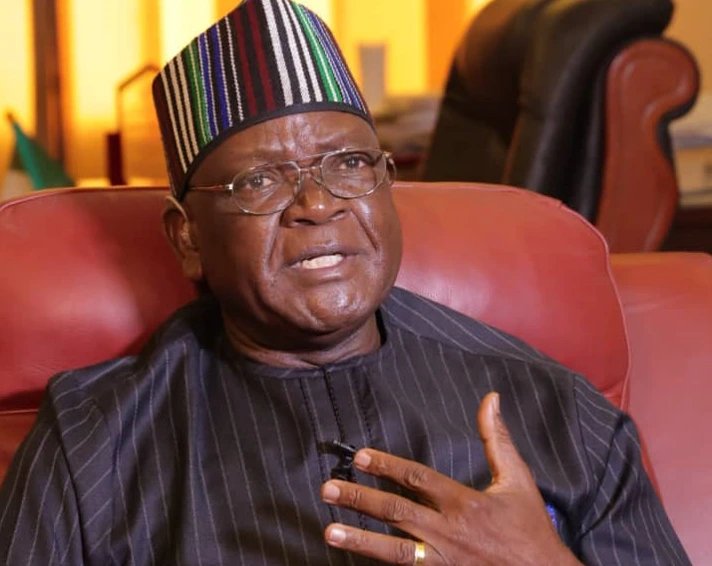World
China Begins Construction World’s Largest Dam

China has officially started building what it says will be the world’s largest hydropower dam.
The Motuo Hydropower Station, located in Tibet, sits on the Yarlung Tsangpo River, which flows into India as the Brahmaputra and eventually into Bangladesh as the Jamuna.
Premier Li Qiang launched the project on Saturday during a major ceremony.
Notably, the dam will cost about $167 billion and is expected to produce three times more energy than the current record-holder, the Three Gorges Dam.
Although China claims the project will support economic growth and environmental sustainability, the move has sparked regional concern.
India and Bangladesh worry about the potential environmental and geopolitical consequences.
In India, officials are urging China to adopt a transparent approach.
Earlier this year, India’s Ministry of External Affairs warned Beijing about ignoring the interests of downstream countries. Arunachal Pradesh Governor Pema Khandu even called the dam an “existential threat.”
According to him, a sudden release of water could destroy communities in the Siang basin. The Siang is the Indian section of the Yarlung Tsangpo.
“If China suddenly releases water, our entire Siang belt would be wiped out,” Khandu said.
He stressed that native tribes like the Adi people would suffer from flood damage and loss of farmland.
Similarly, Bangladesh has voiced its concerns. In February, Dhaka urged Beijing to provide detailed data on the dam’s impact.
Officials fear flooding and major disruptions to the country’s agriculture sector.
In addition to regional fears, environmentalists are also speaking out.
They warn that constructing massive dams in seismically active areas like Tibet can trigger landslides and irreversible ecological damage.
The project site lies within the world’s deepest canyon where the Yarlung Tsangpo makes its dramatic “Great Bend.”
Moreover, the design includes tunneling the river through five cascading stations, using a 20-kilometre-long underground system.
China plans to straighten sections of the river to improve power generation.
While Chinese media claim the project will help Tibet develop, the electricity will mostly go to eastern industrial cities.
Because of these risks, India has started building its own dam on the Siang River. Officials say this will serve as a countermeasure.
According to a 2020 Lowy Institute report, China’s upstream control gives it significant power over India’s water security.
Given these developments, calls for international regulation are rising.
South Asian nations and environmental groups continue to push for cooperation and transparency.
For now, however, Beijing appears committed to moving forward.
For Diaspora Digital Media Updates click on Whatsapp, or Telegram. For eyewitness accounts/ reports/ articles, write to: citizenreports@diasporadigitalmedia.com. Follow us on X (Fomerly Twitter) or Facebook










